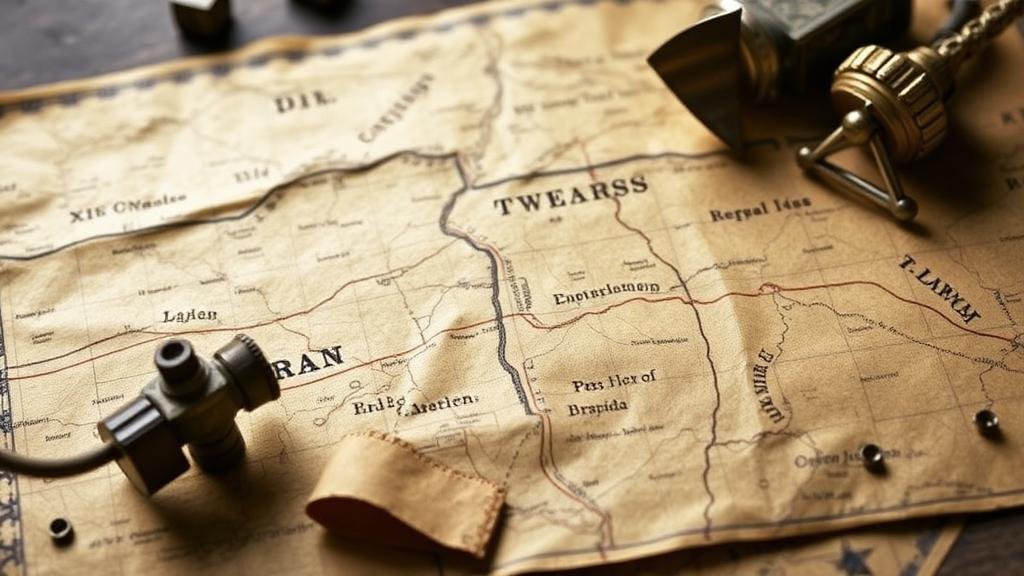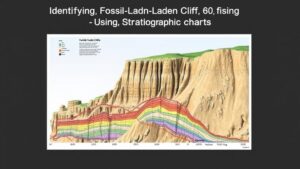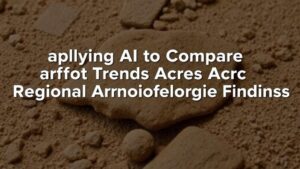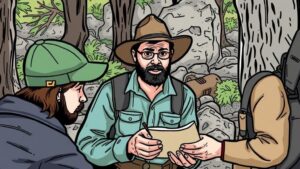Mining Historical Treasure Maps Found in Regional Archives for Hidden Wealth
Mining Historical Treasure Maps Found in Regional Archives for Hidden Wealth
The study of historical treasure maps offers a unique intersection of archaeology, history, and local folklore. By examining these artifacts found in regional archives, researchers may uncover insights into local economy, trade routes, and societal values alongside potentially leading to hidden wealth. This article aims to explore methods for analyzing historical treasure maps, notable case studies, and the implications of these findings on regional heritage tourism and economic development.
Understanding Historical Treasure Maps
Treasure maps have captivated the human imagination for centuries, often depicting hidden riches waiting to be uncovered. maps are typically characterized by their artistic renderings, hand-drawn annotations, and unique symbols. In a broader context, these documents are not merely fictional artifacts but are deeply rooted in the socio-political dynamics of their time.
- The mapping techniques used in the 16th and 17th centuries were primitive compared to modern standards, yet they provided crucial navigation information.
- Many maps were created during periods of colonial expansion, reflecting the quests for resources and wealth.
Case Study: The 18th Century Spanish Land Grants in California
One of the most notable examples of historical treasure maps arises from the Spanish land grant documentation in California during the 18th century. These maps commonly included marked locations of gold and silver deposits, predominantly during the Gold Rush era.
- The Reales Cédulas (Royal Decree) often included notations on treasure troves, leading to significant land claims.
- In one recorded instance, a map from 1781 outlined specific areas in the San Gabriel Valley, later associated with gold prospecting in the mid-19th century.
Researchers, such as historian Dr. Charles Rocque, have published findings indicating the enduring influence of these maps on local economies long after their initial creation (Rocque, 2020). They serve as a historical record of resource utilization and property rights.
Methodology for Analyzing Treasure Maps
The analysis of historical treasure maps requires a multidisciplinary approach. Scholars engage in archival research, cartographic analysis, and historical contextualization to derive meaningful insights. Key methodologies include:
- Document Authentication: Verifying the age and origin of the maps through techniques such as carbon dating and examination of ink composition.
- Spatial Analysis: Utilizing Geographic Information Systems (GIS) to overlay treasure maps on contemporary maps for comparative study.
- Historical Contextualization: Evaluating the maps against known historical events, economic conditions, and local folklore.
The Importance of Historical Context
Understanding the historical context of treasure maps is crucial for making accurate interpretations. A map may denote areas of wealth based on the socio-economic conditions prevalent at the time. For example, during the European colonization of the Americas, many treasure maps were influenced by the pursuit of precious metals, as evidenced by the Spanish Conquistadors in the 16th century.
- Such maps often revealed the locations of mines, trade routes, or submerged vessels indicative of the maritime economy.
- The interplay between economic prosperity and mapping techniques reflects the geo-political landscape, including treaties and conflicts.
Real-World Applications and Economic Implications
The extraction of knowledge from historical treasure maps has broader implications beyond academic interest. For example, areas marked by treasure maps may attract treasure hunters and tourists, fostering economic development through heritage tourism. Towns that actively promote their historical ties to treasure hunting often see increased foot traffic and spending.
- In the town of Tombstone, Arizona, themed events based on historical treasure hunts significantly boost local businesses.
- Similarly, regions in California have leveraged their historical maps in marketing campaigns, leading to a surge in tourism focused on the Gold Rush.
Conclusion
Mining historical treasure maps found in regional archives presents a valuable opportunity to engage with the past, explore hidden wealth, and stimulate local economies through heritage tourism. The intricate relationship between history, geography, and wealth creation merits ongoing investigation. Future researchers should continue to unearth these artifacts, contributing to the broader narrative of human exploration and resource utilization.
By implementing rigorous methodologies and contextual analysis, scholars can unlock the stories behind these maps, resulting in deeper appreciation and understanding of our historical landscapes.
Actionable Takeaway: For communities with historical treasure maps in their archives, consider establishing programs that leverage these resources for educational or tourism purposes, potentially fostering both local pride and economic development.
References:
Rocque, Charles. (2020). Historic Contexts of Fiesta and ПроÑпектирование: Spanish Land Grants and Gold during the Gold Rush. Journal of California History, 9(2), 45-59.



